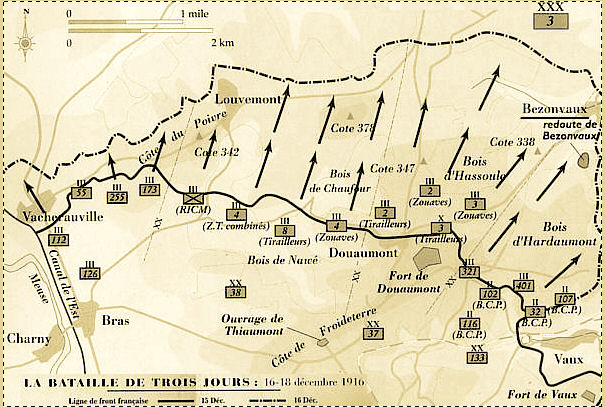

At the end of hostilities the British had advanced just seven miles and failed to break the German defence.Fighting was finally suspended after 141 days, as winter was closing in and British commander Gen Douglas Haig decided the offensive should be resumed in February. Battle of Tannenberg, (August 2630, 1914), World War I battle fought at Tannenberg, East Prussia (now Stbark, Poland), that ended in a German victory over the Russians.However, the French had more success and inflicted big losses on German troops. On the first day of the battle alone 19,240 British soldiers were killed capturing just three square miles of territory - the bloodiest day in the history of the British army.


In total, there were over one million dead and wounded on all sides, including 420,000 British casualties, about 200,000 from France, and an estimated 465,000 from Germany.The aim was to relieve the French army fighting at Verdun and to weaken the German army.The battle appeared to be going Falkenhayn's way. Five days into the battle, German forces captured Fort Douaumont, the largest and highest of the 19 forts protecting Verdun. For more than four months the British and French armies engaged the Germans in a brutal battle of attrition on a 15-mile front. At 4am on 21 February 1916 the battle began, with a massive artillery bombardment and a steady advance by troops of the German Fifth Army under Crown Prince Wilhelm. on the morning of February 21, 1916, a shot from a German Krupp 38-centimeter long-barreled gunone of over 1,200 such weapons set to bombard French forces. Battle of Verdun, where you have the Germans, who want to do an offensive on the French that most historians believe was intended not to necessarily gain this. The Battle of Verdun was one of the most important battles in World War I on the Western Front, fought between the German and French armies from February 21 to December 18, 1916, around the city of Verdun-sur-Meuse in northeast France. One of the bloodiest conflicts of World War One.


 0 kommentar(er)
0 kommentar(er)
